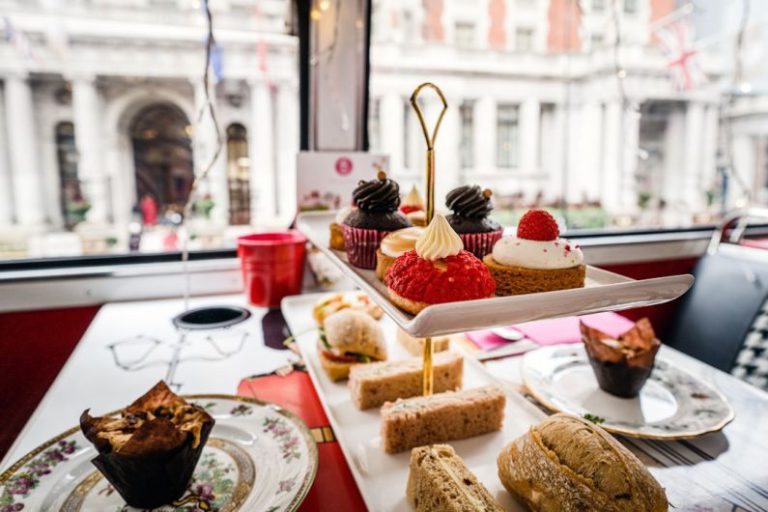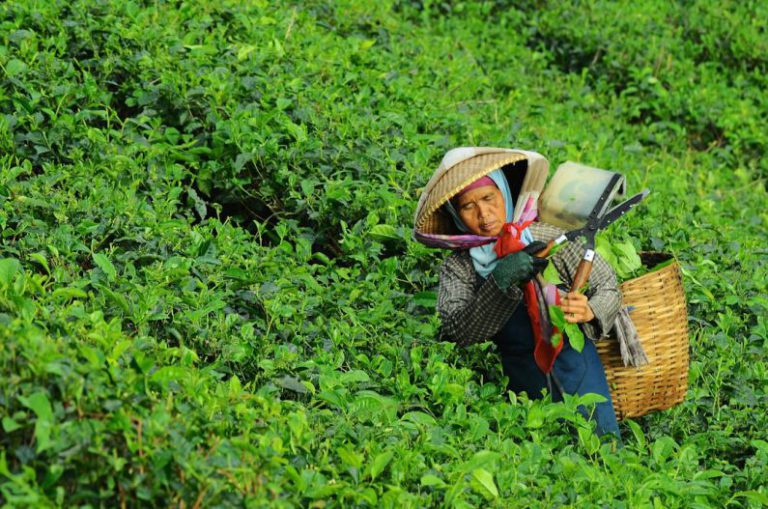The Influence of Tea on Japanese Poetry and Art
Tea, a humble beverage made from the leaves of the Camellia sinensis plant, has held a revered place in Japanese culture for centuries. Beyond its role as a simple drink, tea has significantly influenced various aspects of Japanese society, including poetry and art. The practice of tea drinking in Japan, known as the tea ceremony or chanoyu, has become a profound source of inspiration for poets and artists, shaping the way they perceive and express the world around them.
The Tea Ceremony: A Spiritual Experience
At the heart of Japanese tea culture is the tea ceremony, a ritual that embodies harmony, respect, purity, and tranquility. The ceremony is not just about drinking tea; it is a spiritual experience that emphasizes mindfulness, connection with nature, and the appreciation of the present moment. The intricate movements and gestures involved in preparing and serving tea are considered a form of art in themselves, requiring discipline, focus, and a deep understanding of aesthetics.
Tea and Wabi-Sabi Aesthetics
One of the key aesthetic principles that the tea ceremony has influenced is wabi-sabi, a Japanese worldview centered on the acceptance of imperfection, impermanence, and simplicity. Wabi-sabi values the beauty of things that are modest, unpretentious, and aged, reflecting the transient nature of life. This philosophy is evident in the tea ceremony’s emphasis on rustic tea utensils, handmade pottery, and the appreciation of the fleeting moments shared during the ritual.
Poetry Inspired by Tea
Japanese poetry, particularly haiku and tanka, has been profoundly influenced by the themes and aesthetics of the tea ceremony. Poets often draw inspiration from the simple yet profound moments experienced during tea gatherings, capturing the essence of nature, mindfulness, and human connection in their verses. The act of drinking tea becomes a metaphor for life itself, with each sip symbolizing a moment of contemplation, joy, or sorrow.
Tea Gardens: Where Nature Meets Art
Tea gardens, known as roji, are an integral part of the tea ceremony, serving as a transitional space that connects the mundane world with the spiritual realm of the tea house. These meticulously designed gardens are a blend of natural elements such as rocks, water, and plants, combined with man-made structures like stepping stones, lanterns, and gates. The harmony between nature and artistry in tea gardens has inspired countless poets and artists to explore the beauty and symbolism found in the interplay of light, shadow, and texture.
Tea Utensils as Art Objects
The utensils used in the tea ceremony, including tea bowls, bamboo whisks, and lacquer tea caddies, are not merely functional objects but works of art in their own right. Crafted by skilled artisans using traditional techniques, these utensils embody the aesthetic values of simplicity, humility, and natural beauty. Poets and artists often depict these utensils in their works, highlighting the elegance and craftsmanship that elevate everyday objects to the realm of art.
The Legacy of Tea in Japanese Culture
The influence of tea on Japanese poetry and art extends far beyond the physical act of drinking tea. It has shaped the way artists perceive the world around them, inspiring them to find beauty in simplicity, imperfection, and transience. The tea ceremony continues to be a source of inspiration for creative minds, offering a glimpse into the profound connection between nature, spirituality, and human creativity.
In Conclusion: Tea as a Source of Inspiration
Tea, with its rich cultural heritage and profound philosophical underpinnings, has left an indelible mark on Japanese poetry and art. Through the tea ceremony, poets and artists have found a source of inspiration that transcends the boundaries of time and space, inviting them to explore the beauty and complexity of the world in all its forms. The legacy of tea in Japanese culture serves as a reminder of the enduring power of simple rituals to nourish the soul and ignite the imagination.






